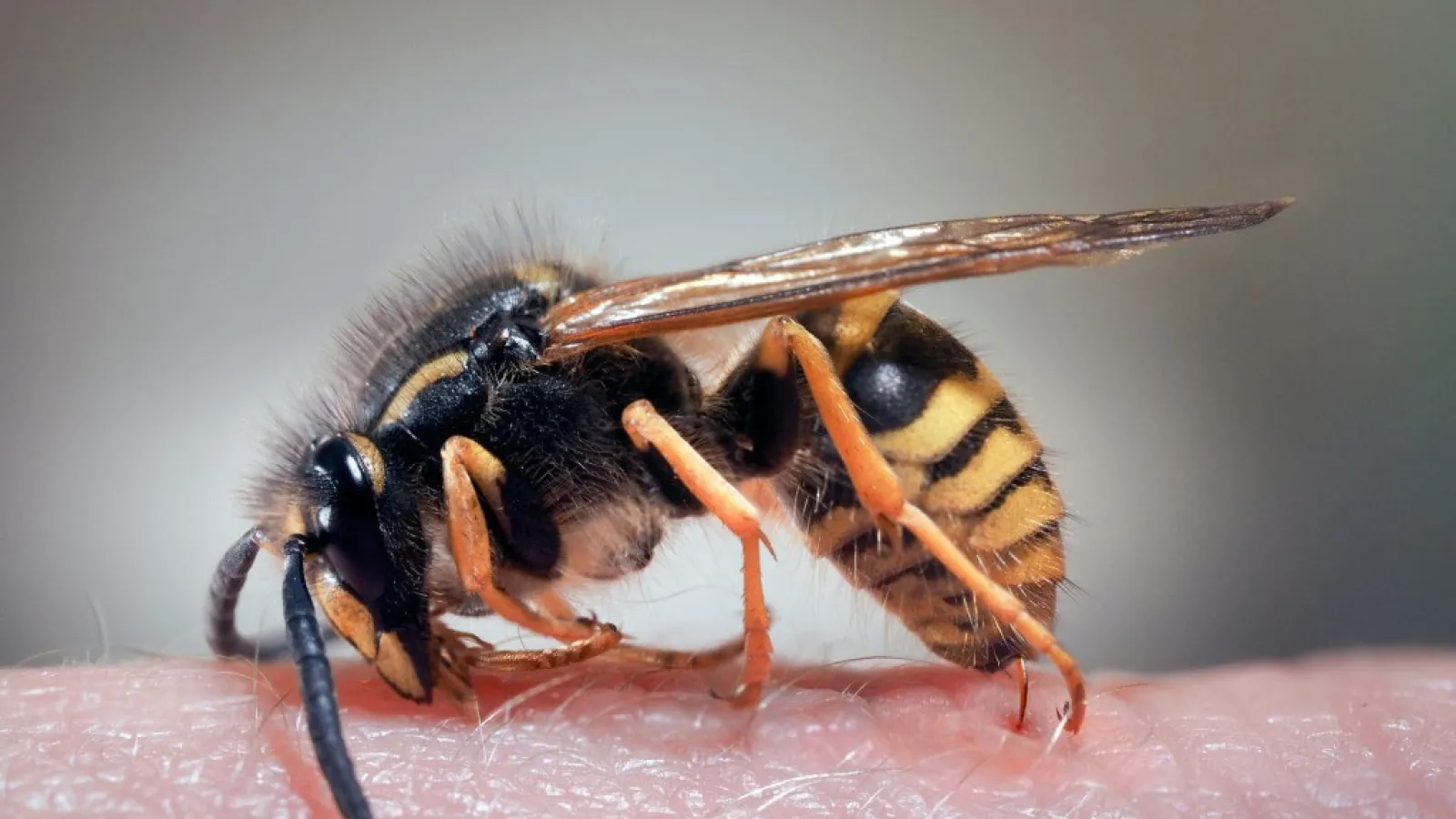
Wasps
Wasps were initially found in Europe and have slowly made their way throughout the world. They are divided into two different groups: solitary and social wasps. Most wasps are considered solitary and live on their own. Solitary wasps, including hornets and yellow jackets, build isolated nests in the ground or mud.
Unlike solitary wasps, social wasps have a caste system involving sterile females called workers and a fertile female known as the queen. The queen wasp starts a colony of wasps by building a nest and laying eggs that eventually become workers. These nests are usually found in tree trunks or hanging from branches and buildings.
These insects are commonly known to be aggressive and become territorial when threatened. When a wasp feels threatened in any way, they don't hesitate to attack anyone nearby. Their stingers, or barbs, can be easily removed from victims and don't usually cause any actual harm unless the victim is allergic to insect bites.
A wasp nest can be extremely dangerous when disturbed, as these insects are very territorial and will attack when they feel their colony is threatened. If you come across a wasp nest, it's important to consult a professional to determine what kind of wasp nest you have and how it should be disarmed. Nests are commonly found in residential areas such as roof eaves, behind shutters, or garden sheds.
Similar Pests: Great Black Wasp, Carpenter Bees, Yellow Jackets